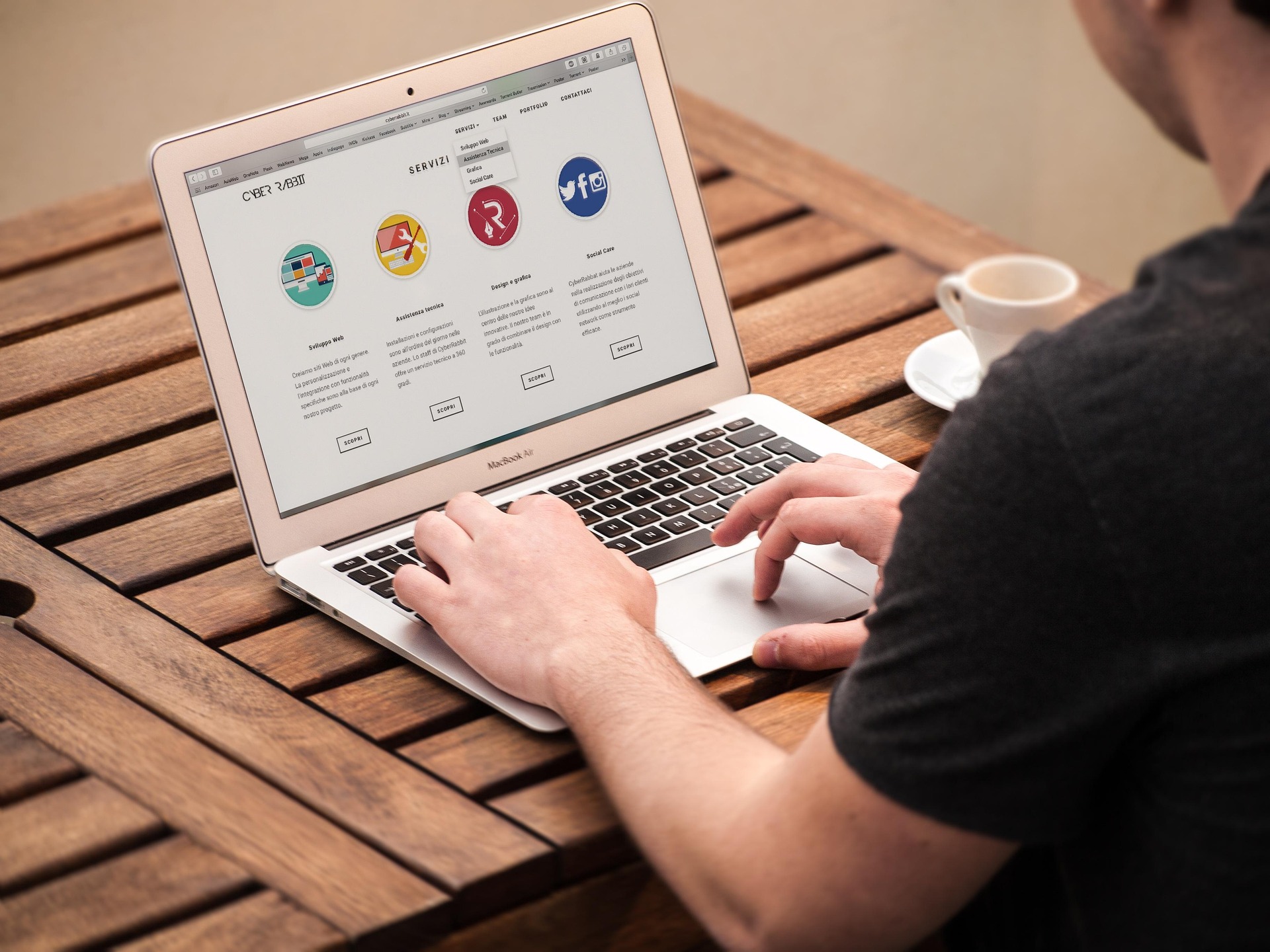Crafting a high-converting website goes beyond aesthetic appeal; it represents a fundamental shift in how businesses engage with customers. A website that converts well boosts sales and enhances brand credibility and customer loyalty.
Companies recognize that their website serves as a powerful marketing tool. Understanding the nuances of website optimization is vital for any business aiming to thrive in a competitive landscape.

Understanding Conversion Rates
Conversion rates serve as a primary indicator of a website’s success. This metric measures the percentage of visitors who take a desired action, such as making a purchase or signing up for a newsletter. Factors influencing conversion rates include website design, user experience, content, and the clarity of calls-to-action.
Businesses with a high-converting website typically enjoy increased traffic and a robust online presence. According to HubSpot, companies with optimized websites can see conversion rates as high as 15%. This statistic underscores the importance of refining user pathways and improving interface usability, which can turn casual visitors into dedicated customers.
Research shows that even small modifications, like call-to-action button colors or text adjustments, can significantly affect conversion rates. Understanding these statistics allows businesses to implement data-driven strategies that enhance performance.
Improved Customer Experience
A high-converting website often highlights a strong focus on user experience (UX). Good UX design entails intuitive navigation, swift loading times, and mobile responsiveness. Users are more likely to stay on sites that feel seamless and engaging rather than those that frustrate them with slow responsiveness or convoluted layouts. In fact, studies have shown that 88% of online consumers are less likely to return to a site after a bad experience.
If a business values its customers, investing in website design that enhances customer journeys becomes important. The team behind redkite.design says that prioritizing UX design fosters customer satisfaction and minimizes bounce rates. Satisfied customers often share their positive experiences, leading to organic growth through referrals and word-of-mouth advertising.
An optimized user experience strengthens brand credibility. When visitors find a website easy to navigate and visually appealing, they associate those qualities with professionalism and reliability. This connection builds trust, a factor in converting first-time visitors into loyal customers.
Enhancing Brand Credibility
A high-converting website strengthens brand credibility, playing a significant role in customer decision-making. Websites that look professional and are organized effectively inspire trust. Important elements for establishing credibility include high-quality images, informative content, and straightforward navigation.
Showcasing client testimonials and case studies reinforces this trustworthiness. According to a Nielsen study, 70% of consumers trust online reviews as much as personal recommendations. Integrating customer feedback into your website can entice new visitors. Brand credibility translates into customer loyalty, resulting in repeat purchases and a positive company reputation in the long term.
Consistent branding across all digital platforms further reinforces credibility. When a company’s website aligns visually and tonally with its social media and marketing materials, it creates a cohesive identity that customers recognize and trust.
Regularly updating website content to reflect current offerings and achievements signals reliability and professionalism. Implementing secure browsing features, such as SSL certificates, can reassure users that their data is protected.
Cost Efficiency and Return on Investment
Optimizing for conversions is a financially sound strategy. Investing in a high-converting website reduces the need for excessive marketing expenditure. By converting a higher percentage of existing website traffic into paying customers, businesses can realize a significantly improved return on investment (ROI).
A well-optimized website might yield a 300% ROI through reduced costs on customer acquisition. This financial efficiency allows businesses to allocate resources to other innovative areas, thereby launching new products or improving services.
Scaling marketing efforts becomes easier, knowing that the existing infrastructure is poised to convert more traffic into sales without additional costs.

Data-Driven Decision Making
A high-converting website enables companies to leverage data analytics effectively. Analytics tools provide insights into visitor behavior, preferences, and pain points. With this information, businesses can refine their marketing strategies and make informed decisions about product offerings.
Monitoring analytics allows firms to adapt to changing consumer trends swiftly. Companies can track which content resonates with their audience and improve user journeys based on those insights. Insights derived from data enable ongoing adjustments that keep the website aligned with user expectations and industry shifts, ensuring sustained high performance.
The importance of a high-converting website cannot be overstated. From enhancing conversion rates and customer experiences to boosting brand credibility and ensuring efficient use of resources, the benefits for businesses are immense.
Selling successfully online demands not just beautiful designs but strategic optimization based on real-time data. Companies that invest in high-performing websites stand to reap rewards in the form of increased revenue, improved customer loyalty, and a solid market position.


